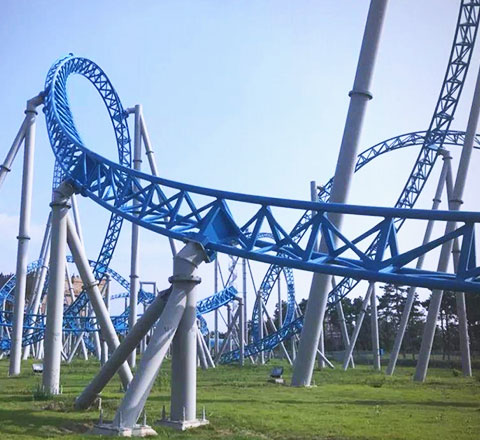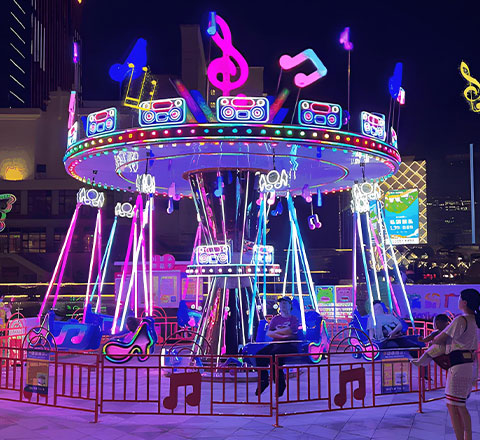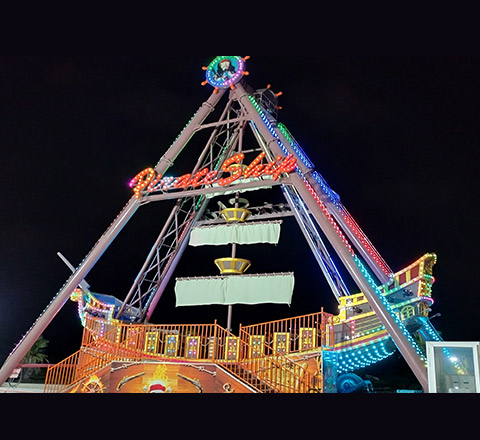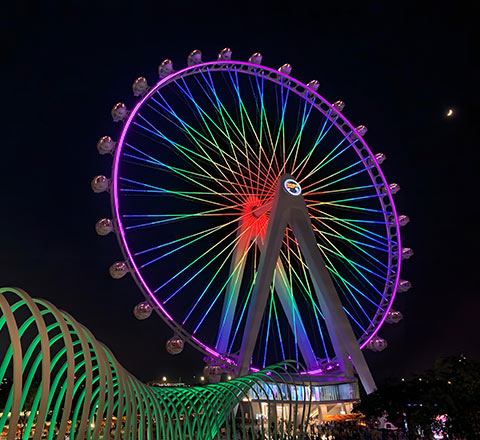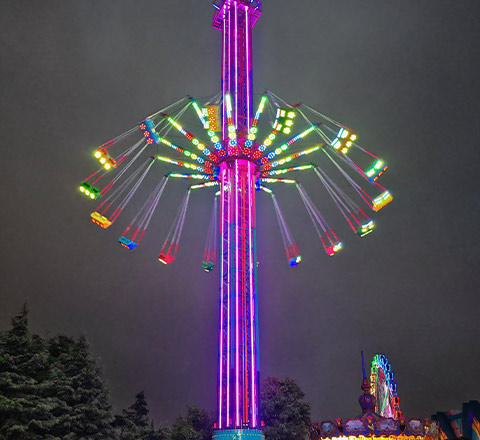Have you ever looked up at a Ferris wheel as it turns against the backdrop of a sunset sky and wondered: how did this giant, rotating structure come to be? It’s not every day we get to witness history literally spinning around in front of us. The funfair Ferris wheel isn’t just a thrilling amusement ride—it’s a story of innovation, vision, and engineering marvels. Let’s take a journey through the history of the Ferris wheel, from its invention to the iconic landmark it is today.
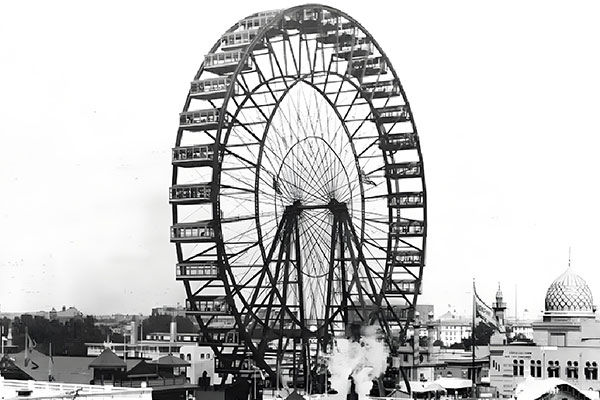
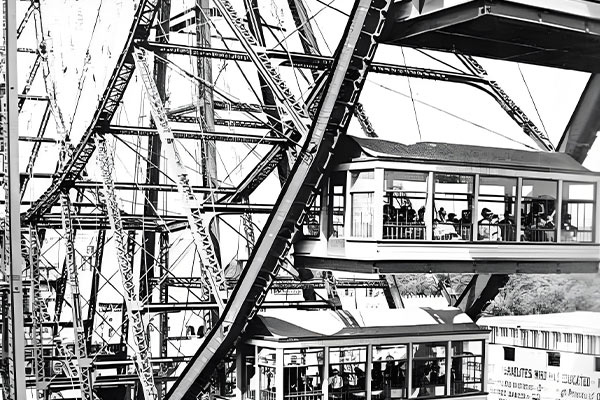
Early Inspirations: Where It All Began
Before George Ferris turned his ideas into steel, the concept of large, rotating wheels had been tinkered with for centuries. These early designs laid the foundation for what would later become one of the world’s most iconic attractions: the origin of the Ferris wheel.
Key Milestones:
- Middle Ages: In places like Bulgaria and Turkey, rudimentary wooden “pleasure wheels” allowed children and brave souls to enjoy a ride in the air. These early designs were simple but served as a precursor to the Ferris wheel we know today.
- 19th Century Innovations: By the 1800s, William Somers, a carpenter from New Jersey, patented wooden “Roundabouts” at over 50 feet tall, popular in US resorts. While charming, these early creations lacked the grandeur that George Ferris would later achieve. (Source: Smithsonian Magazine)
These early attempts set the stage, but the world was still waiting for a true engineering marvel.
Who Invented Ferris Wheel?
George Ferris and the Birth of the First Ferris Wheel
In 1893, the world was introduced to something unlike anything it had ever seen—a massive Ferris wheel amusement ride at the Chicago World’s Columbian Exposition. George Ferris had been tasked with designing something that could rival the grandeur of the Eiffel Tower, which had dazzled the world at the 1889 Paris Exposition.
Facts About the First Ferris Wheel:
| Fact | Details |
| Height | 264 feet (80 meters), towering above the fairground. |
| Capacity | 36 cars, each holding 30-60 passengers, with a total of 2,160 passengers at once. |
| Impact | Over 1.4 million people took a ride during the fair, making it a monumental success. |
Despite some technical hiccups during the opening, the Ferris wheel ride became a global sensation, changing the landscape of public entertainment.
Global Spread: Ferris Wheels Around the World
Following its success in Chicago, the Ferris wehel spread across the globe. By the early 20th century, Ferris wheels were popping up at fairs and amusement parks worldwide.
Examples from Around the World:
- London’s Great Wheel (1895): Standing at 308 feet, it was a precursor to the London Eye and remained a popular attraction until its demolition in 1907.
- Tokyo’s Hanayashiki (1920s): One of Asia’s first Ferris wheels, it stands as a reminder of the ride’s global journey.
Modern Ferris Wheels:
Today, giants like the Singapore Flyer (541 feet), the High Roller in Las Vegas (550 feet), and Ain Dubai (820 feet) represent the Ferris wheel’s evolution into iconic landmarks that offer unrivaled panoramic views of the cities they adorn.
Why People Love Ferris Wheels
The ferris Ferris wheel is much more than a ride—it’s an experience that continues to captivate millions worldwide. Here’s why Ferris wheels continue to be so loved:
- Unbeatable Views: Whether it’s a city skyline or a beautiful landscape, the views from the top are always breathtaking.
- Enjoyable for All Ages: Whether you’re a child, an adult, or a senior, the Ferris wheel is a family-friendly ride everyone can enjoy together.
- Nostalgic Appeal: For many, Ferris wheels bring back fond memories of summers spent at fairs, amusement parks, and family gatherings.
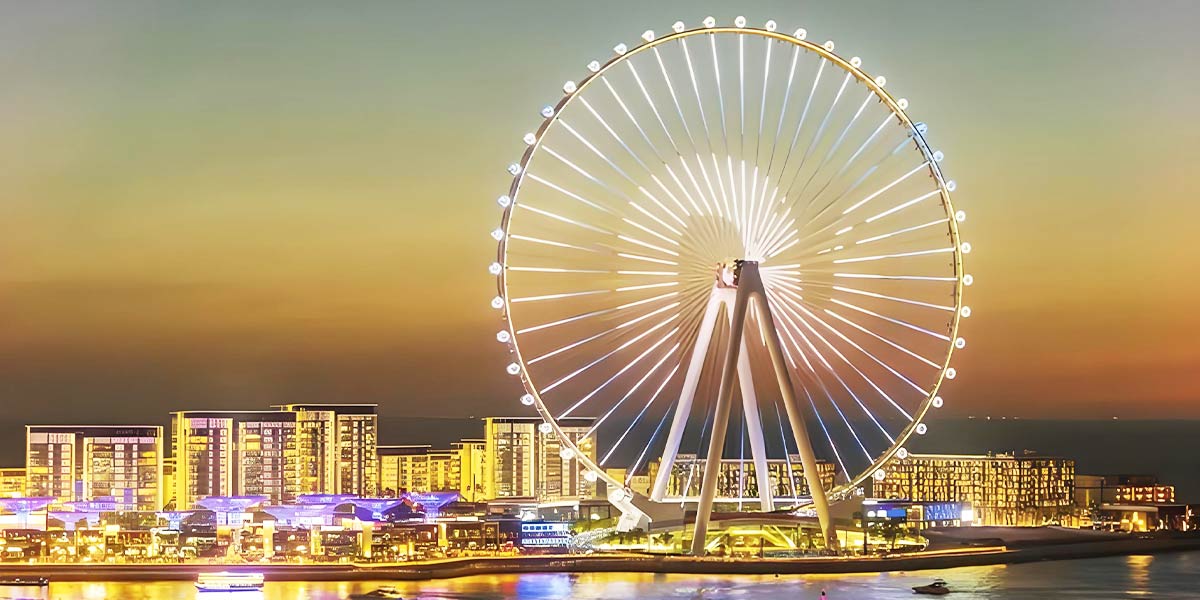
Modern Ferris Wheels: Bigger, Better, and Bolder
The Ferris wheel has evolved over the years, becoming a symbol of engineering excellence. Modern Ferris wheels have transformed into towering marvels, pushing the limits of size, design, and passenger experience.
Key Modern Innovations:
- Materials: Modern Ferris wheels are built using engineered steel and composite materials, making them stronger and safer than ever before.
- Passenger Experience: Gone are the days of open, swinging seats. Today’s Ferris wheels feature luxurious, climate-controlled gondolas, offering a smooth, comfortable ride.
- Lighting: LED lighting has turned Ferris wheels into stunning landmarks at night, with dynamic light shows creating a visual spectacle.
- Size and Design: Today’s observation wheels offer 360-degree views that soar above city skylines, from the London Eye to the Ain Dubai.
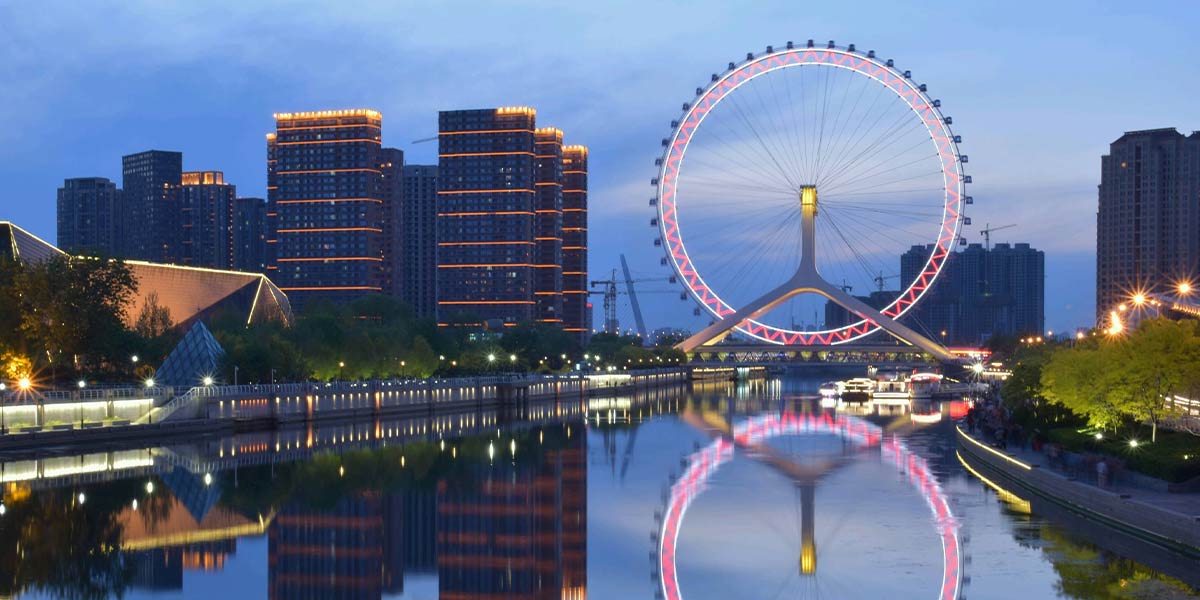
Future of the Ferris Wheel: Reaching New Heights
As cities grow taller and technology evolves, the Ferris wheel continues to innovate. The future promises even more excitement and new experiences.
What’s Next for Ferris Wheels?
- Virtual Reality Gondolas: Imagine riding a Ferris wheel while being immersed in a virtual world that enhances the view outside.
- Green Energy Integration: Some modern Ferris wheels are integrating solar panels and wind turbines to minimize their environmental impact.
- Interactive Lighting Displays: As Ferris wheels become art installations, dynamic lighting will turn them into even more visually captivating landmarks.
FAQs About Ferris Wheels
1. Where is the oldest Ferris wheel located?
The oldest Ferris wheel is the Great Wheel at Blackpool Pleasure Beach in the UK. It was opened in 1896 and still operates today.
2. How much is it to rent a Ferris wheel?
The cost of renting a Ferris wheel can vary greatly. Small Ferris wheels may cost between $5,000 to $15,000, while larger Ferris wheel models can go up to $50,000 or more, depending on the event and location.
3. When was the first Ferris wheel built?
The first Ferris wheel was built in 1893 for the Chicago World’s Fair, opening on June 21, 1893.
4. How Tall is the Tallest Ferris Wheel in the World?
The tallest Ferris wheel is Ain Dubai, standing at an impressive 820 feet (250 meters).
5. How Does a Ferris Wheel Work?
A Ferris wheel operates using a central axle and motorized gears. As the wheel rotates, passenger cars move smoothly along the wheel’s spokes.
For more information: How Ferris Wheels Work: Discover the Engineering Behind the Magic
6. What are the main components of a Ferris wheel?
A Ferris wheel consists of:
- Passenger Cars
- Central Axle
- Steel Structure
- Drive System
- Lighting System (for nighttime displays)
7. How much does it cost to build a Ferris wheel?
Building a Ferris wheel can range from $2 million to $20 million or more, depending on its size, materials, and features like LED lighting or climate-controlled cabins.
Conclusion: The Timeless Appeal of Ferris Wheels
From the very first Ferris wheel at the Chicago World’s Fair to today’s record-breaking observation wheels, the rich history of Ferris wheel continues to inspire and captivate people all over the world. Through decades of innovation and countless thrilling rides, Ferris wheels have become a lasting symbol of both nostalgia and progress. Whether it’s the stunning views, childhood memories, or simply the experience of being part of this living history, the Ferris wheel remains one of the world’s most beloved attractions.
If you’re interested in bringing a Ferris wheel ride to your next event or amusement park, visit our factory today to explore our Ferris wheels for sale. As a trusted Ferris wheel manufacturer in China, we offer high-quality amusement rides, built on a legacy of innovation and ready for any occasion.


